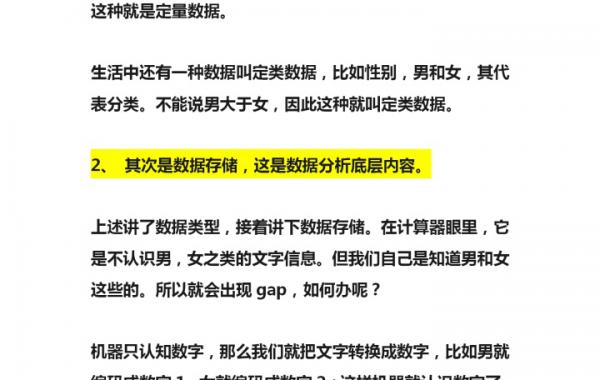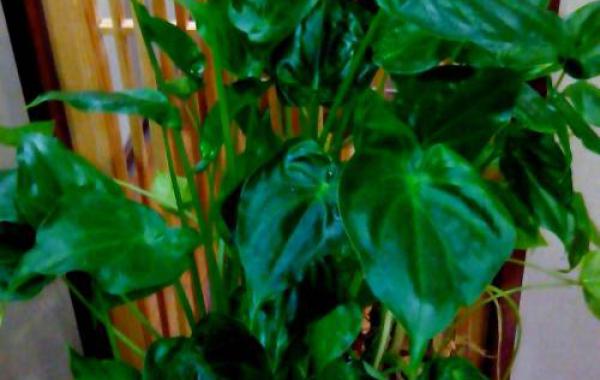How to choose the right medicament to apply to flowers?

How to choose medicament correctly to apply to flowers.
We should follow the principle of prescribing the right medicine when using pesticides to flowers. To avoid drug damage.
Dimethoate and omethoate can cause obvious drug damage to ornamental plants of Rosaceae, such as plum blossom, cherry blossom, peach, elm leaf plum, pedicel begonia and so on. Spraying dimethoate from June to October often causes withered petals and shedding leaves, inflorescences and branchlets.
Dichlorvos is obviously harmful to plum blossom, elm leaf plum and so on, so other insecticides should be used instead. Dichlorvos also has different degrees of drug damage to rhododendron and Robinia pseudoacacia.
Trichlorfon is harmful to cherry blossoms, plum blossoms and so on.
Fenitrothion is used to kill insects in high temperature season, which not only has serious drug damage to pomegranate, but also has great drug damage to cruciferous flowers. When using chlordimeform, it should be avoided on hibiscus and dahlia.
In order to prevent pesticide damage, the first is to use other efficient and harmless pesticides; the second is to reduce the concentration as far as possible; the third is not to spray under the conditions of high temperature and high humidity.
I. abide by the rules for the safe use of pesticides
In flower cultivation, prohibited pesticides are: methamidophos, methyl parathion, parathion, monocrotophos, ammonium phosphate, BHC, DDT, toxaphene, dibromochloropropane, chlordimeform, dibromoethane, herbicide, Aldrin, dieldrin, mercury preparations, arsenic, lead, dichloroacetamide, fluoroacetamide, glyphosate, tetramine, sodium fluoroacetate, tetramine silicon and so on.
II. Take safety measures
Drug dispensers must take prescribed safety and protective measures to prevent poisoning. The remaining liquid and cleaning solution of pesticide application equipment should be concentrated and safely disposed of, and should not be sprinkled at will. The reuse of empty containers is not allowed. Empty containers should be properly collected and disposed of, marked for safe storage, or centralized disposal.
Abandoned and expired pesticides must be disposed of in accordance with the relevant provisions of the state and should not be discarded casually, so as to avoid drug damage to flowers or poisoning to human beings and animals.
III. Scientific cultivation to reduce the use of drugs
Through farming measures, some diseases and insect pests can be eliminated and conditions that are not conducive to the occurrence of diseases and insect pests can be formed. At the same time, the ability of resistance to diseases and insect pests of flowers should be improved, such as cleaning the countryside, dealing with diseases and residues, reducing the sources of diseases and pests, reasonable close planting, increasing ventilation and light transmission in greenhouse or greenhouse, timely elimination of waterlogging, reducing field humidity, scientific formula fertilization, etc., so as to make flowers grow healthily and improve their resistance to diseases and insect pests.
IV. Strengthen physical prevention and control
In order to avoid the occurrence of drug resistance of diseases and pests, physical control should be chosen as far as possible. For example, hanging yellow armyworm boards can be used to trap aphids and leaf miners, spread silver gray film in the field to ward off aphids and improve light intensity. Taking advantage of the phototaxis of many nocturnal insects, light traps and bait traps are used to kill pests, and insect prevention nets can be used to reduce the probability of insect pests.
V. to carry out biological control
Biological control is also a measure to reduce the use of drugs and prevent flowers from developing drug resistance.
One is to use bacteria, fungi, viruses or their metabolites that can cause disease and death of pests to control insect pests. Usually, the harmful microorganisms of pests are artificially cultivated and then sprayed into powder to kill the pests. For example, Bacillus thuringiensis in bacterial preparation is highly toxic to Lepidoptera larvae and has excellent killing effect. The experimental results show that the effect of killing insects by fungi is also very good. For example, Beauveria bassiana parasites in insects and snails such as Lepidoptera and Coleoptera, which can kill pests very effectively. Alternaria alternata has high pathogenicity to whitefly. Great progress has also been made in the research and application of using virus to control insects, and nuclear polyhedrosis virus is widely used. Insect virus has strong specificity, strong pathogenicity and long-lasting effect. In practical application, virus preparations are often made into water agent, platinum agent, wettable powder and so on, which are sprayed or applied to the soil to control insect pests.
The second is to use the antagonism among microorganisms and the metabolites of some microorganisms to inhibit the growth, development and even death of flower pathogenic microorganisms. These substances are antibiotics. For example, the flower fungus fertilizer codenamed "5406" can control some fungal diseases, bacterial diseases and mosaic virus diseases of flowers.
The third is to use the biological chain, food chain or parasitic relationship in nature to control insect pests. For example, the use of sunbees to control cotton aphids, the use of dragonflies, mantis and other prey pests and so on.
Plant immunity and effective ingredients in plant juice can also be used to control diseases and insect pests. For example, the aqueous solution of garlic juice can control many kinds of bacteria. The use of plant physiologically active substances to control diseases and insect pests is the focus of research at home and abroad, and it is one of the promising methods. In addition, the use of bioengineering methods to control diseases and insect pests is also a new development trend, such as transgenic technology.
VI. Prescribe the right medicine to the case
For the prevention and control of flower diseases and insect pests, we must first understand the causes of diseases and insect pests, infection cycle and ecological environment, and master the time, location and scope of the harm.
The application of non-infectious diseases (1) the middle part of the upper leaves of the plants burned in the day was light red, but there was no mildew in the damaged parts after rain. (2) waterlogging damage will lead to rotten roots and easy lodging. The leaf edge of the seedling damaged by frost was dry and scorched and wrinkled first, and there was no mildew in the affected part after rain, and the stem bark was broken. (3) the middle and upper leaves were wrinkled and drooping caused by drought. (4) pollution makes the leaves dirty and easy to clean. Fertilizer causes wilting of buds and stagnation of growth. (5) the growth of the plants damaged by element deficiency was slow, the leaves were deformed and without luster, and the leaves fell off from the bottom to the top along the stem.
The above diseases are physiological diseases, pesticides are powerless, can only be solved by changing the ecological conditions, and should be remedied by combined with extra-root fertilization.
two。 The use of drugs for infectious diseases (1) there are often powdery powder, rust powder, coal pollution, mildew layer and plaques on the leaves of fungal diseases, and mildew of fungal spores are often found on the back of the disease spots after rain. Dysen zinc and frost bengling can be selected for routine control of the disease. In the peak period of the disease, it can be used alternately with carbendazim, carbendazim and carbendazim. (2) bacterial diseases mainly harm rhizome, corm, bulb, tuber and so on. The damaged parts are powdered under dry conditions and waterlogged under high temperature conditions. The disease can be sprayed with 200000 units of agricultural streptomycin 30 grams plus 50 kilograms of water. (3) the virus diseases are mosaic, withered spot, ring spot, leaf yellowing, deformity, arbuscular branch, upper leaf shedding and so on. You can choose 20 tablets of oxytetracycline and 20 tablets of virulent, dissolved in 12 kg of water or boiled with 2.5 kg of Banlangen.
Related
- What if the leaves of potted flowers turn yellow?
- Florescence Control of several Flowers
- Anti-freezing technology and post-freezing nursing technology of flowers
- What is the classification of flowers? What are the common methods of flower classification?
- Prevention and control of alkali and acid damage of flowers in courtyard
- Technology of Anti-freezing and restoring growth of Flower seedlings in greenhouse and greenhouse
- How does flower fertilization not hurt the root? Fertilization technology of flowers
- Key points of disinfection in flower greenhouse
- Several pesticides that are banned or used cautiously in flowers
- How to fertilize the flowers that watch the leaves?



